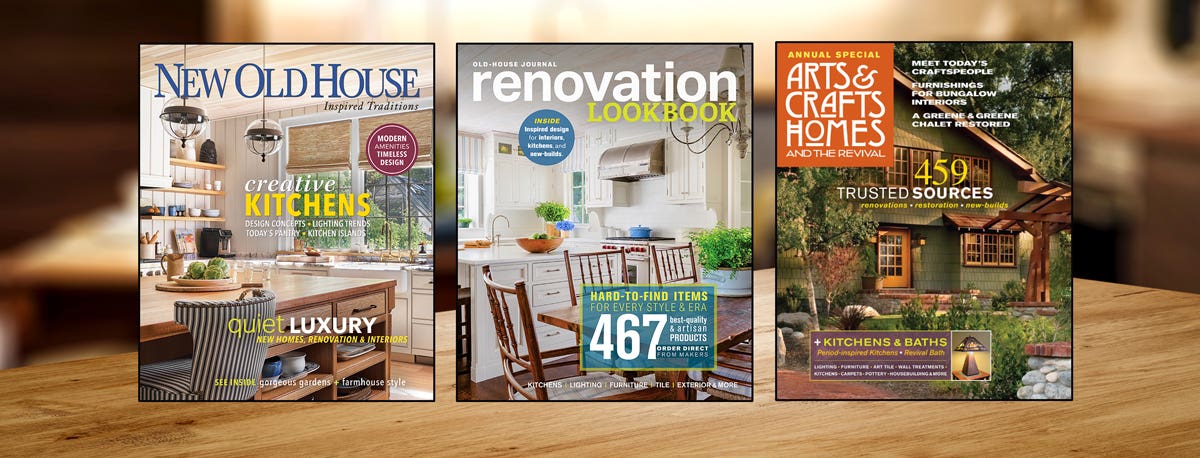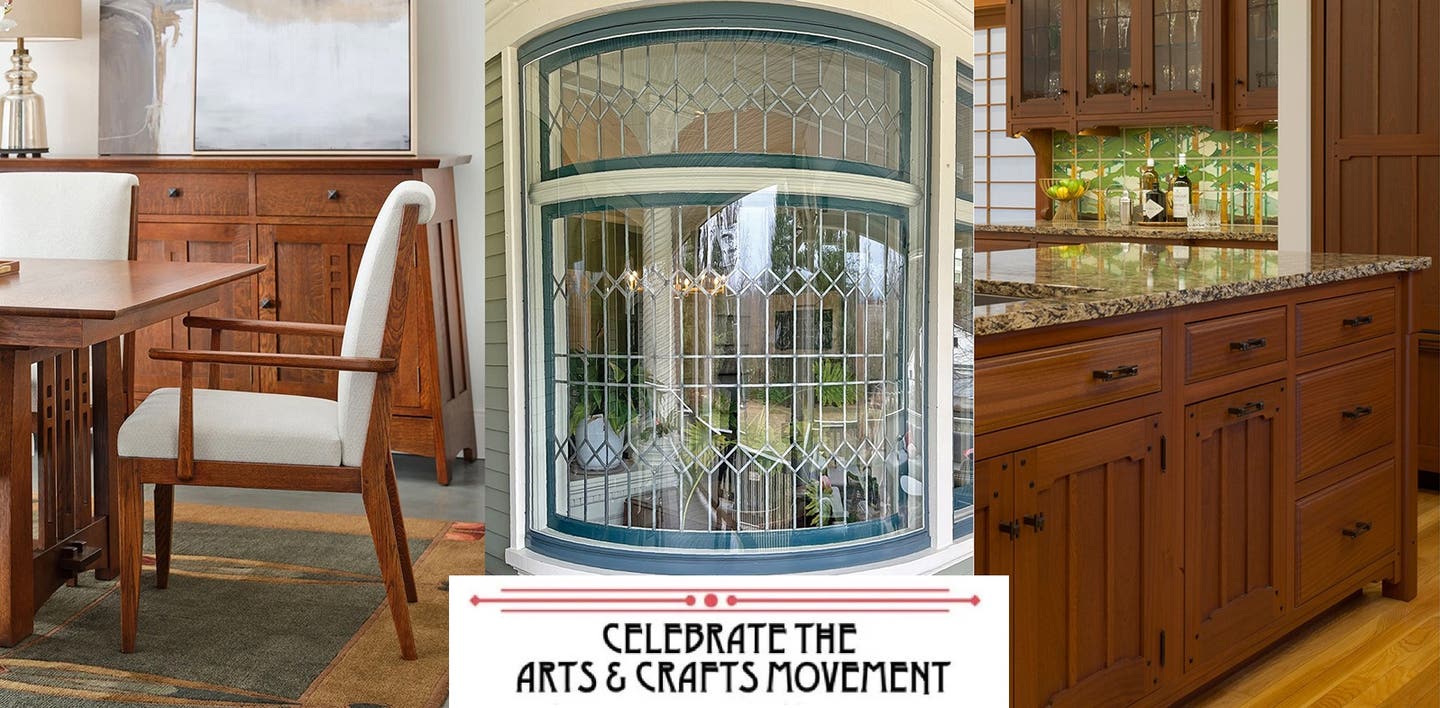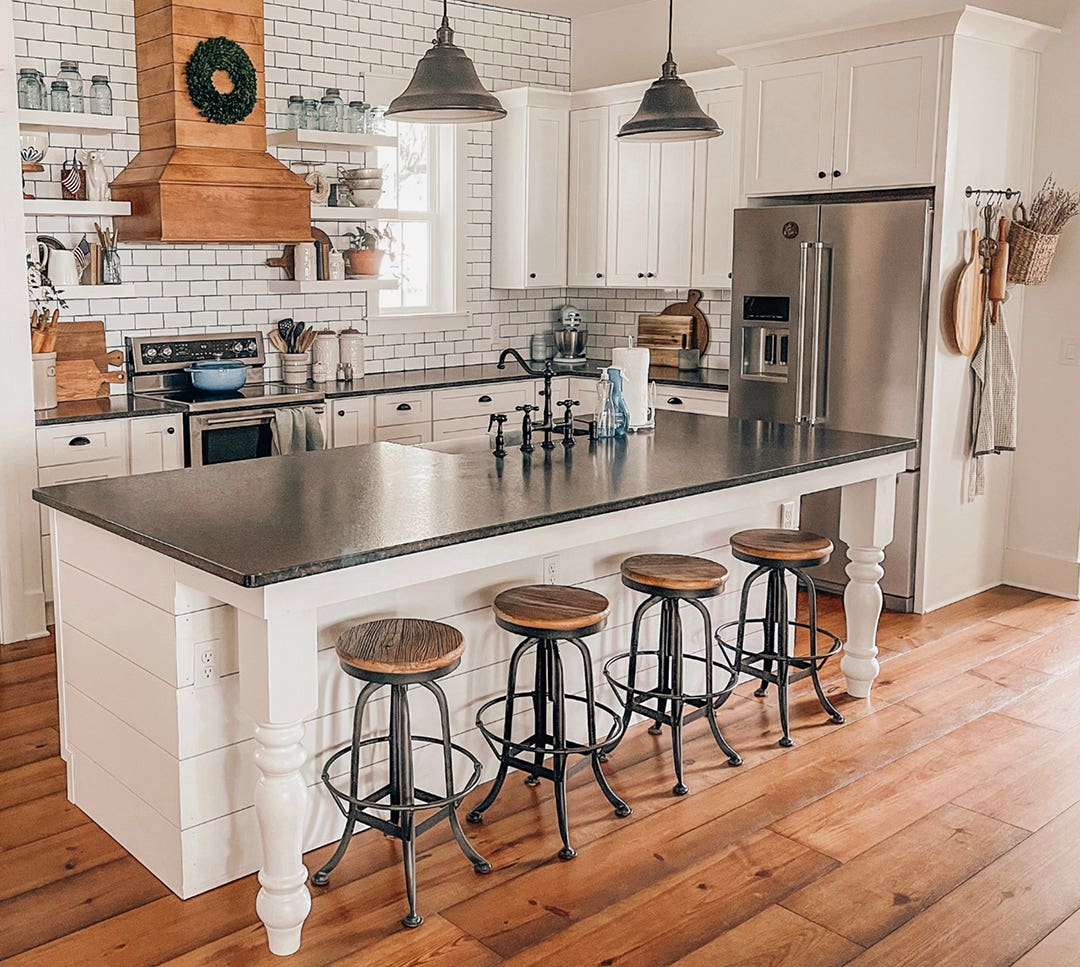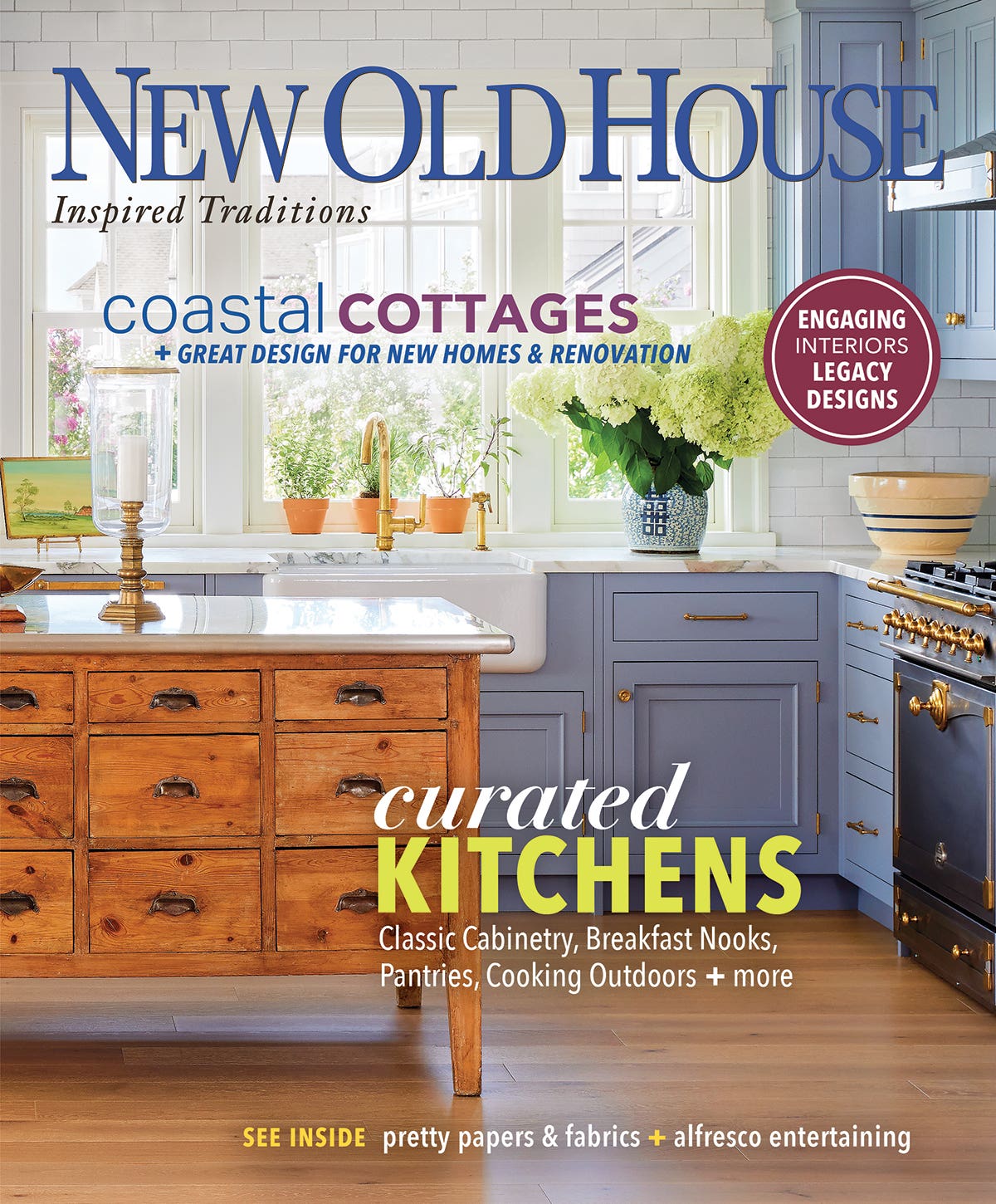What’s It All About?
Just what is arts & crafts? It’s a question I’ve heard from newsstand consultants, attendees at restoration trade shows—and my own kids. Short answer: It’s more a philosophy of design…
Just what is arts & crafts? It’s a question I’ve heard from newsstand consultants, attendees at restoration trade shows—and my own kids. Short answer: It’s more a philosophy of design and craft than it is a single style.
I might then elaborate, describing the abstracted floral designs of William Morris in England during the Victorian era . . . the aesthetic intention behind visible through-tenons in Gustav Stickley’s rectilinear oak furniture . . . Frank Lloyd Wright’s horizontal, proto-modern Prairie School houses, which Stickley called Midwest bungalows . . . the Japanese woodwork at the heart of Greene & Greene’s Pasadena oeuvre. All of it Arts & Crafts! Right about then my kids say, “Never mind, Ma.”
People may outgrow a style, but I don’t think you can outgrow Arts & Crafts. Look at the range in just this issue. Stately English Revival: A country house recently built in Virginia interprets the vernacular simplicity of C.F.A. Voysey’s architectural commissions in Great Britain (ca. 1888–1910); its ageless interiors take cues from Morris. Cozy California Restoration: On the other side of the country, homeowners restore a period bungalow, keeping to the original 1,300 square feet; the small house lives large owing to its broad windows and open plan. Elegant Modern Evolution: Artfully applied in two new bathrooms, the white tiles and cabinets that harken to the early 20th century “sanitary era” are still fresh, and a perfect complement to Craftsman simplicity.
So Arts & Crafts is an approach to design and craft. Several different vocabularies developed in different locales at different times—in Scotland and New York, say, and in the 1860s and the 1910s and in the past 30 years during an ongoing revival. What do all of these Arts & Crafts iterations have in common? Generally, this: the marriage of beauty and utility; a preference for local traditions and materials; design and craft as a continuum, without a schism between the imagining and the creation; appreciation for nature and natural forms; stylized and abstracted designs, as opposed to florid realism; and fewer, better things.
Patricia Poore,Editor
ppoore@homebuyerpubs.com
10 Harbor Rd., Gloucester, MA 01930
Patricia Poore is Editor-in-chief of Old House Journal and Arts & Crafts Homes, as well as editorial director at Active Interest Media’s Home Group, overseeing New Old House, Traditional Building, and special-interest publications.
Poore joined Old House Journal when it was a Brooklyn-brownstoner newsletter in the late 1970s. She became owner and publisher and, except for the years 2002–2013, has been its editor. Poore founded the magazines Old-House Interiors (1995–2013) and Early Homes (2004–2017); their content is now available online and folded into Old-House Journal’s wider coverage. Poore also created GARBAGE magazine (1989–1994), the first unaffiliated environmental consumer magazine.
Poore has participated, hands-on, in several restorations, including her own homes: a 1911 brownstone in Park Slope, Brooklyn, and a 1904 Tudor–Shingle Style house in Gloucester, Massachusetts, where she brought up her boys and their wonderful dogs.







